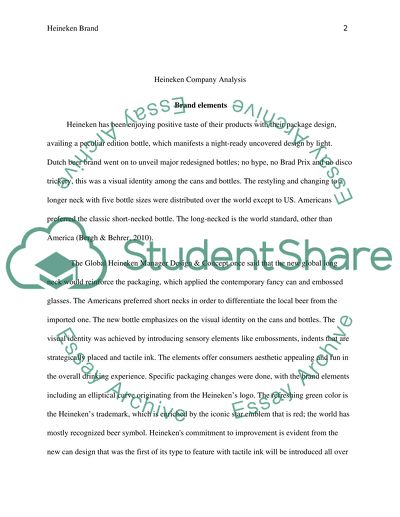Cite this document
(“Brand audit "Heineken" Essay Example | Topics and Well Written Essays - 1750 words - 1”, n.d.)
Retrieved from https://studentshare.org/marketing/1683353-brand-audit-quotheinekenquot
Retrieved from https://studentshare.org/marketing/1683353-brand-audit-quotheinekenquot
(Brand Audit "Heineken&Quot; Essay Example | Topics and Well Written Essays - 1750 Words - 1)
https://studentshare.org/marketing/1683353-brand-audit-quotheinekenquot.
https://studentshare.org/marketing/1683353-brand-audit-quotheinekenquot.
“Brand Audit "Heineken&Quot; Essay Example | Topics and Well Written Essays - 1750 Words - 1”, n.d. https://studentshare.org/marketing/1683353-brand-audit-quotheinekenquot.


